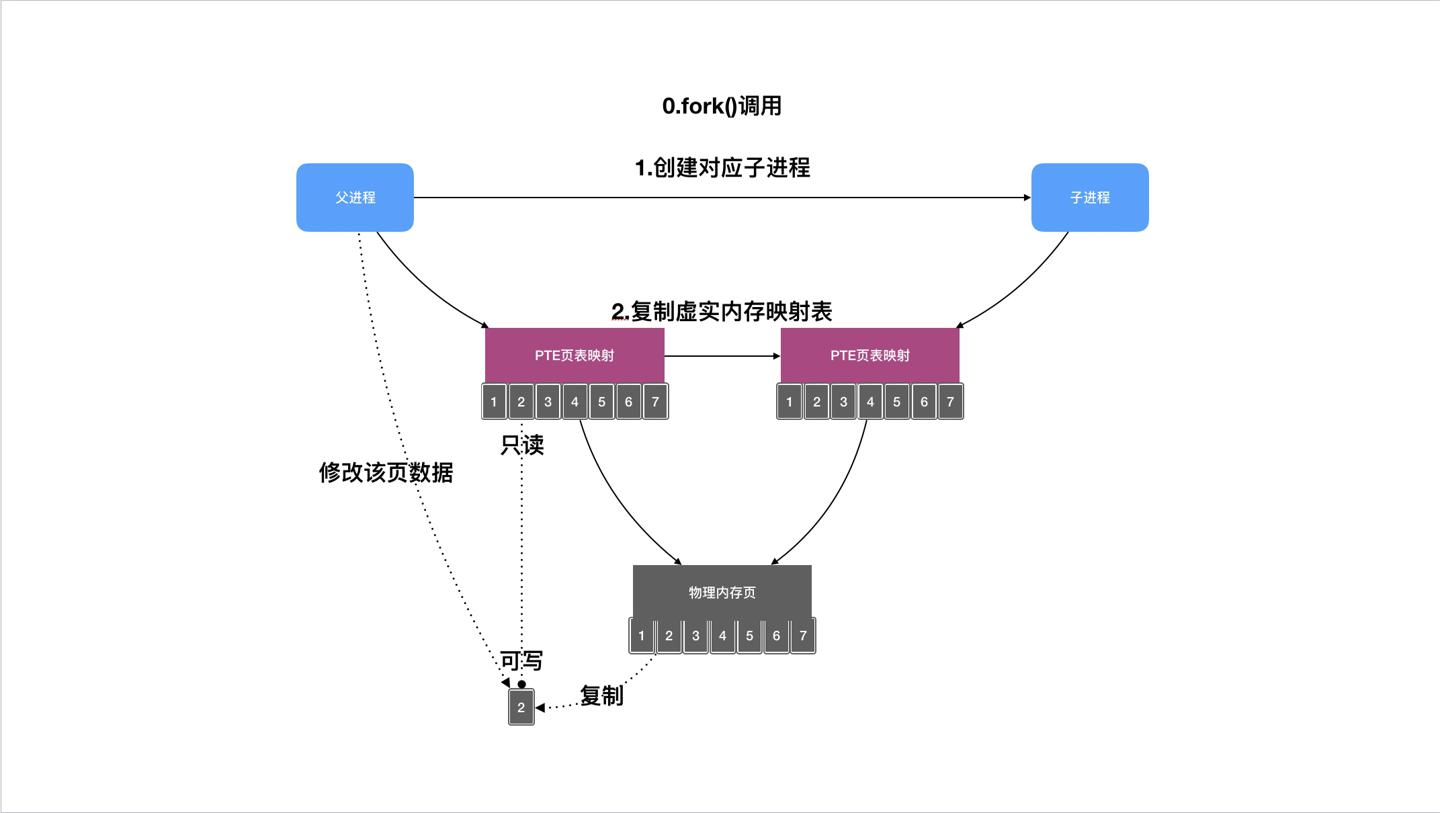从零实现一个CopyOnWrite写时复制的map,同时了解写时复制的使用场景。
概念
wiki:
Copy-on-write (COW), sometimes referred to as implicit sharing[1] or shadowing,[2] is a resource-management technique used in computer programming to efficiently implement a “duplicate” or “copy” operation on modifiable resources.[3] If a resource is duplicated but not modified, it is not necessary to create a new resource; the resource can be shared between the copy and the original. Modifications must still create a copy, hence the technique: the copy operation is deferred until the first write. By sharing resources in this way, it is possible to significantly reduce the resource consumption of unmodified copies, while adding a small overhead to resource-modifying operations.
CopyOnWrite算法,一般中文叫「写时复制」。
核心思想:
- 延迟写;
- 将写开销延迟到真正数据变化的时刻;
- 修改数据时,不直接修改原资源引用,而是拷贝一份副本,在副本上更新数据,之后将数据引用直接指向副本,在此之前读取到旧数据的地方仍然引用旧的数据引用;
- 而读取则共享一份资源;
适用场景:
- 由于有多个读写操作,因此适用于多
worker(进程、线程)上下文(JVM中我们考虑多线程场景); - 读多写少;
- 可容忍读取快照,对数据一致性要求较低;
实现
我们实现一个适用于很少更新场景的配置类map,如黑白名单的更新很少。
|
|
关键操作
get读数据
多个线程读取数据时公用一份资源,即internalMap。
同时为了明确JVM提供的读写一致语义,我们用volatile修饰。
put写数据
更新数据时,上锁,保证同一时刻只有一个线程进入更新逻辑。
步骤:
- 先拷贝一份副本;
- 副本修改数据;
- 直接将
internalMap替换为副本,这里写入保障可见性语义;
应用场景
通过例子可以更好地理解CopyOnWrite。
虚拟内存管理
之前在 研究一下fork函数 中正好对Linux的fork调用做了一些解读。
简单理解:
主进程调用fork生成子进程。在没有新数据更新的情况下,子进程共享父进程的页表映射,主进程内存发生修改时,子进程才将对应更新的页进行拷贝、更新子进程持有的页表。
此例中的页表、内存,即为共享的资源。
数据无修改时,多个进程间读取同一份内存。

C++ STL String类中的写时复制
参考:C++ STL String类中的Copy-On-Write 。
总结
以上,实现了CopyOnWrite最核心的逻辑,并且列举了主流的一些应用场景。
写时复制在大多数场景中用处不多,在集合场景也不太适用,但是底层的延迟写、快照思想非常值得学习。